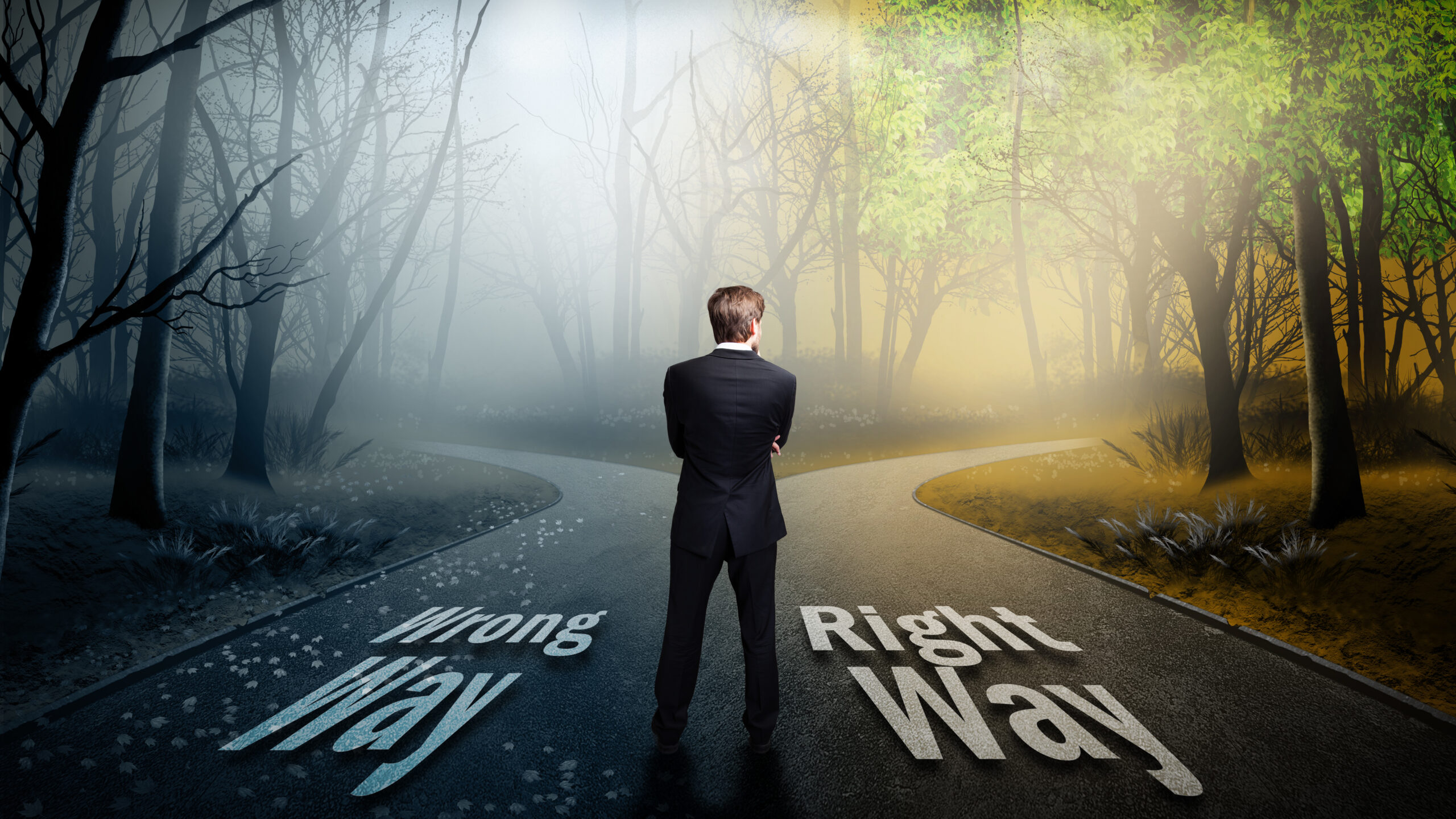Introduction:
During a time when web-based entertainment invades pretty much every part of our lives, its impact reaches out past private connections and into the domain of driving ways of behaving. As stages like Instagram, Twitter, and TikTok shape public insights, patterns, and even ways of life, understanding their effect on how we drive is urgent for both security and cultural standards. This article investigates the diverse connection between virtual entertainment and driving behavior, featuring both positive and adverse consequences.
The Positive Parts of Online Entertainment Impact
1. Wellbeing Efforts and Mindfulness
Online entertainment has turned into an integral asset for spreading mindfulness about safe driving practices. Associations and powerhouses use stages to send off crusades pointed toward lessening diverted driving, advancing safety belt use, and upholding for sober driving. Viral difficulties or hashtags, as #DontDrinkAndDrive, can arrive at millions and energize more secure ways of behaving among adherents.
2. Local area Backing and Commitment
Online people group committed to driving security give assets, tips, and friend support. Drivers can share their encounters, gain from others, and feel spurred to embrace more secure propensities. Stages like Facebook and Reddit have bunches where individuals examine safe driving tips, share accounts of close to misses, and proposition exhortation, making a culture of responsibility.
3. Training and Assets
Web-based entertainment stages are rich with instructive substance. Recordings, infographics, and instructional exercises can actually convey the significance of cautious driving, the risks of disabled driving, and the need for vehicle upkeep. This availability of data can enable drivers to go with better choices in the driver’s seat.
The Negative Parts of Virtual Entertainment Impact
1. Occupied Driving
One of the most unsettling impacts of virtual entertainment on driving is the ascent of diverted driving. Numerous drivers feel a sense of urgency to check notices, post refreshes, or draw in with companions while out and about. The charm of sharing a second or reporting an excursion can prompt hazardous interruptions, improving the probability of mishaps.
2. Dangerous Ways of behaving for Preferences and Offers
The quest for preferences and offers can empower dangerous driving ways of behaving. Challenges that include risky tricks, high paces, or foolish moves can become a web sensation, provoking people to repeat these activities in order to acquire consideration. This peculiarity, frequently named “clout pursuing,” represents a critical gamble to the driver and others out and about.
3. The Way of life of Approval
Online entertainment frequently advances a culture of approval, where people look for endorsement and insistence through their posts. This want can appear in forceful driving ways of behaving, for example, hustling or zigzagging all around traffic, to dazzle supporters. The strain to exhibit a completely exhilarating way of life can eclipse the significance of security.
The Mental Variables at Play
The impact of web-based entertainment on driving way of behaving is established in a few mental elements:
Quick Satisfaction: Web-based entertainment stages are intended to give moment input, making a feeling of remuneration that can divert clients from long haul outcomes, like mishaps or lawful repercussions.
Normal practices: Content that portrays hazardous driving as alluring or bold can slant the view of what is adequate conduct in the driver’s seat. At the point when people see their friends taking part in perilous practices, they might be more disposed to do likewise.
Anxiety toward Passing up a major opportunity (FOMO): The anxiety toward passing up friendly encounters can drive people to face challenges, for example, messaging while at the same time driving or speeding to arrive at an objective. This mentality can think twice about social commitment.
Moderating the Adverse consequences
To battle the adverse impact of virtual entertainment on driving way of behaving, a few systems can be executed:
1. Upgraded Schooling Drives
States and associations can use virtual entertainment to advance instructive missions that underline the risks of diverted driving and hazardous ways of behaving. Imaginative substance that resonate with more youthful crowds can be especially viable.
2. Associations with Powerhouses
Teaming up with online entertainment powerhouses who focus on safe driving can assist with moving standards and motivate devotees to embrace more secure practices. Powerhouses can utilize their foundation to share messages about capable driving, making security in vogue.
3. Stricter Guidelines and Mindfulness
Executing stricter guidelines around cell phone use while driving, combined with mindfulness crusades, can assist with checking occupied driving. Public assistance declarations via web-based entertainment can help clients to remember the risks of utilizing their telephones while in the driver’s seat.
Conclusion:
The impact of web-based entertainment on driving behavior is a perplexing issue that presents the two open doors and difficulties. While it can cultivate local area backing and bring issues to light about safe driving, it likewise presents a chance through occupied driving and the advancement of careless ways of behaving. As web-based entertainment keeps on advancing, it is fundamental for people, associations, and policymakers to cooperate to outfit its positive angles while relieving its pessimistic effects. By advancing a culture of security on the web and disconnected, we can establish a more secure driving climate for everybody.










